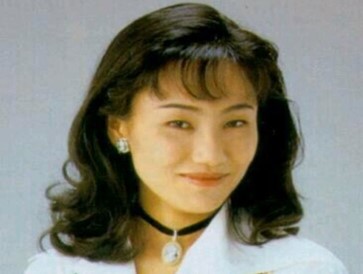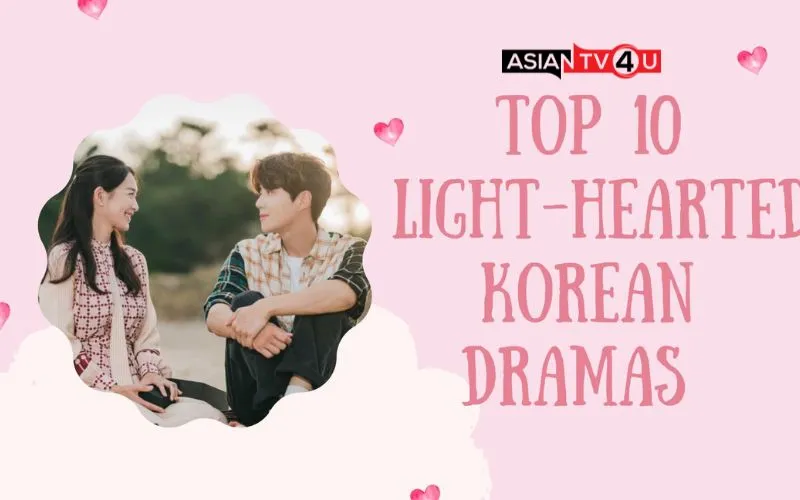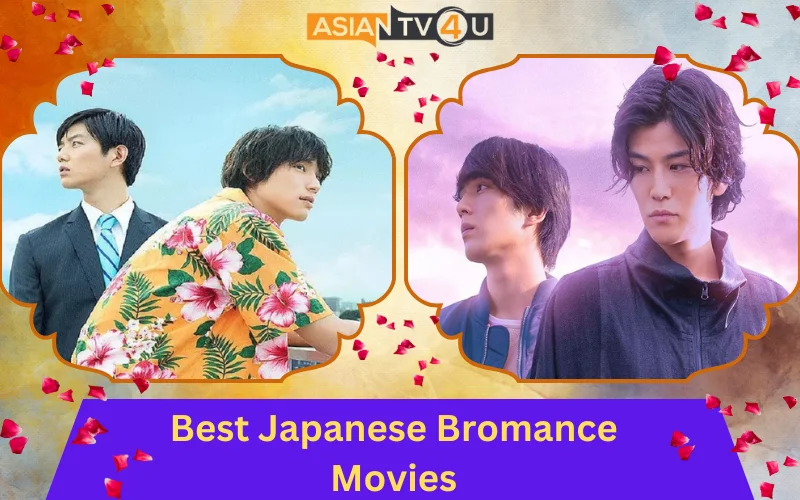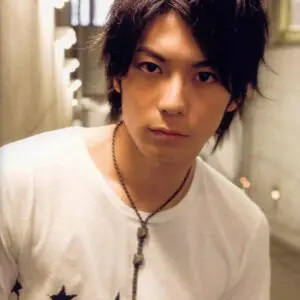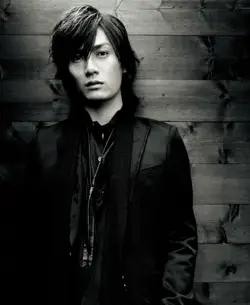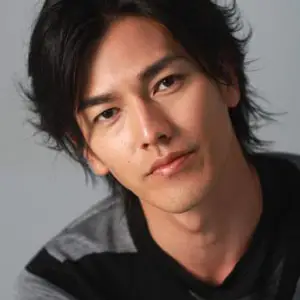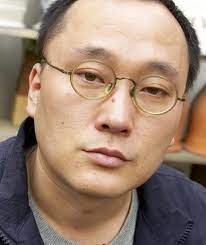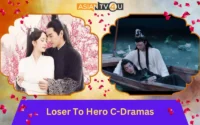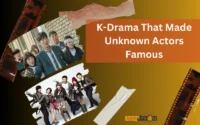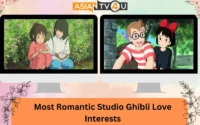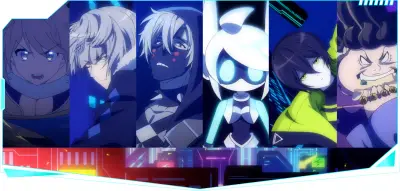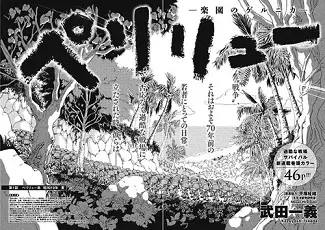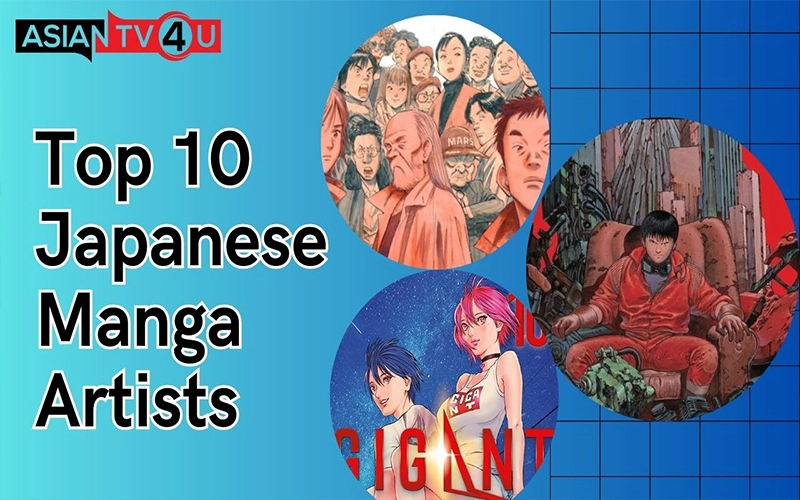
Mangaka (manga artists) are impressive because of the sheer effort necessary to fulfil quick deadlines and voracious readerships, yet making manga goes much beyond speed. Manga includes exhilarating action, humour, romance, and social critique.
1. Katsuhiro Otomo
Due to its contemporary treatment of speech, story, and characters, Akira is regarded as the finest manga ever created. The futuristic, cyberpunk tale has received multiple honours. It was written and released in 1982 by American cinema enthusiast Katsuhiro Otomo.

2. Naoki Urasawa
Despite being serialised in the late 1990s, 36 million copies of 20th Century Boys' collected volumes are still in use today. Its tale of a "Friend"-like a cult leader and the young men trying to stop him has garnered several prestigious accolades, including the Kodansha Award and an Eisner.

3. Hiroya Oku
One of the finest brutal sci-fi action tales in manga history was written by Hiroya Oku. Because of Oku's impressive use of 3D renderings to give his world a seamless appearance, it is technically classified as a work of art.
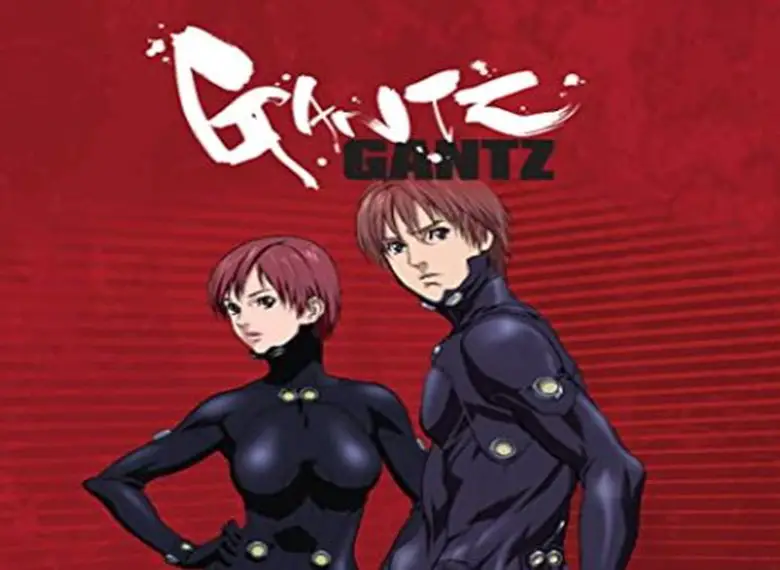
4. Hiromu Arakawa
One of the most well-known manga titles, Fullmetal Alchemist, which has inspired several anime programmes and movies, is notable for Arakawa's entry into the male-dominated shonen industry. This steampunk story centres on two brothers whose attempts at alchemy end in disaster.

5. Makoto Yukimura
This graphic manga was skillfully and realistically drawn by Makoto Yukimura. To contain as much information as possible, he had to go from a weekly to a monthly edition. The outcomes are so detailed and amazing that they took home the 2009 Japan Media Arts Festival's Grand Prize.

6. CLAMP
The sole collective on this list, CLAMP, comprises four female authors—Nanase Ohkawa, Mokona, Tsubaki Nekoi, and Satsuki Igarashi—who have written works in both the seen and shjo genres. Despite being well-known for its science fiction series Chobits and their fantasy Magical Knight Rayearth, Cardcaptor Sakura may be CLAMP's most well-known series.
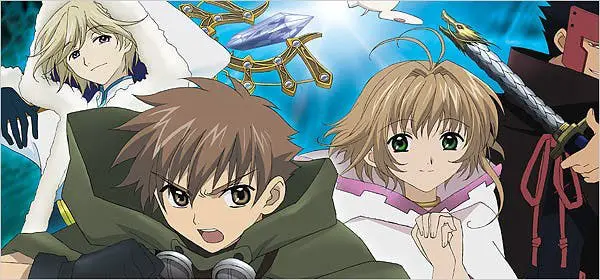
7. Yusuke Murata
This humorous action game has well-detailed artwork, smart language and graphics. Because of his use of colour, lines, details, technique, and character design and the ease with which he seamlessly integrates each line with the narrative, Murata is a leader among the new generation of Japanese painters.
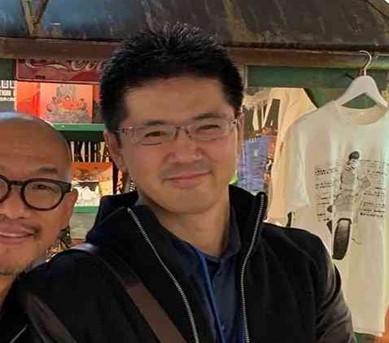
8. Junji Ito
Junji Ito had a keen interest in creating horror stories as a result of being greatly influenced as a young child by the artwork of his elder sister and the comics of Kazuo Umezu. Both Uzumaki and the rest of Ito's works are delightfully repulsive. The artwork is crucial in creating dread and keeping the reader on edge. It is terrifying but interesting.
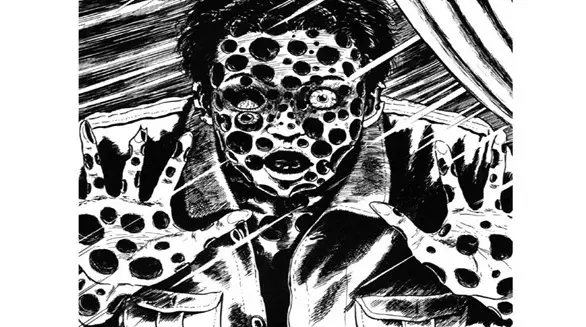
9. Inio Asano
The realistic tales by Inio Asano, which include everything from romance to psychological horror, are well known. According to the Yomiuri Shimbun newspaper, one of the voices of his age, Asano earned first place in the GX competition for young manga artists in 2001.
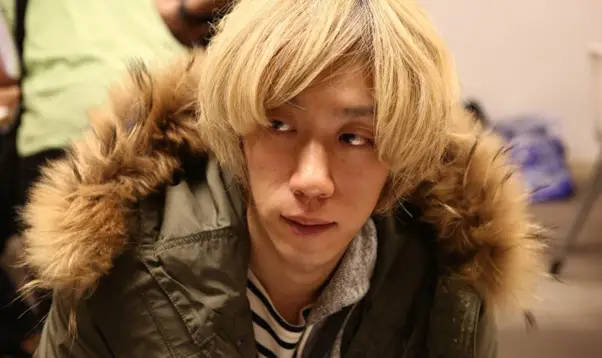
10. Naoko Takeuchi
Pretty Soldier Sailor Moon, which was serialised in the early 1990s and may alternatively be translated as Pretty Guardian Sailor Moon, gained popularity worldwide and inspired both animation and live-action films, as well as a successful anime series. In this additional tale of magical girls, a delicate kid is coerced into the heroic realm by her links to an ancient, magical culture on the Moon.
